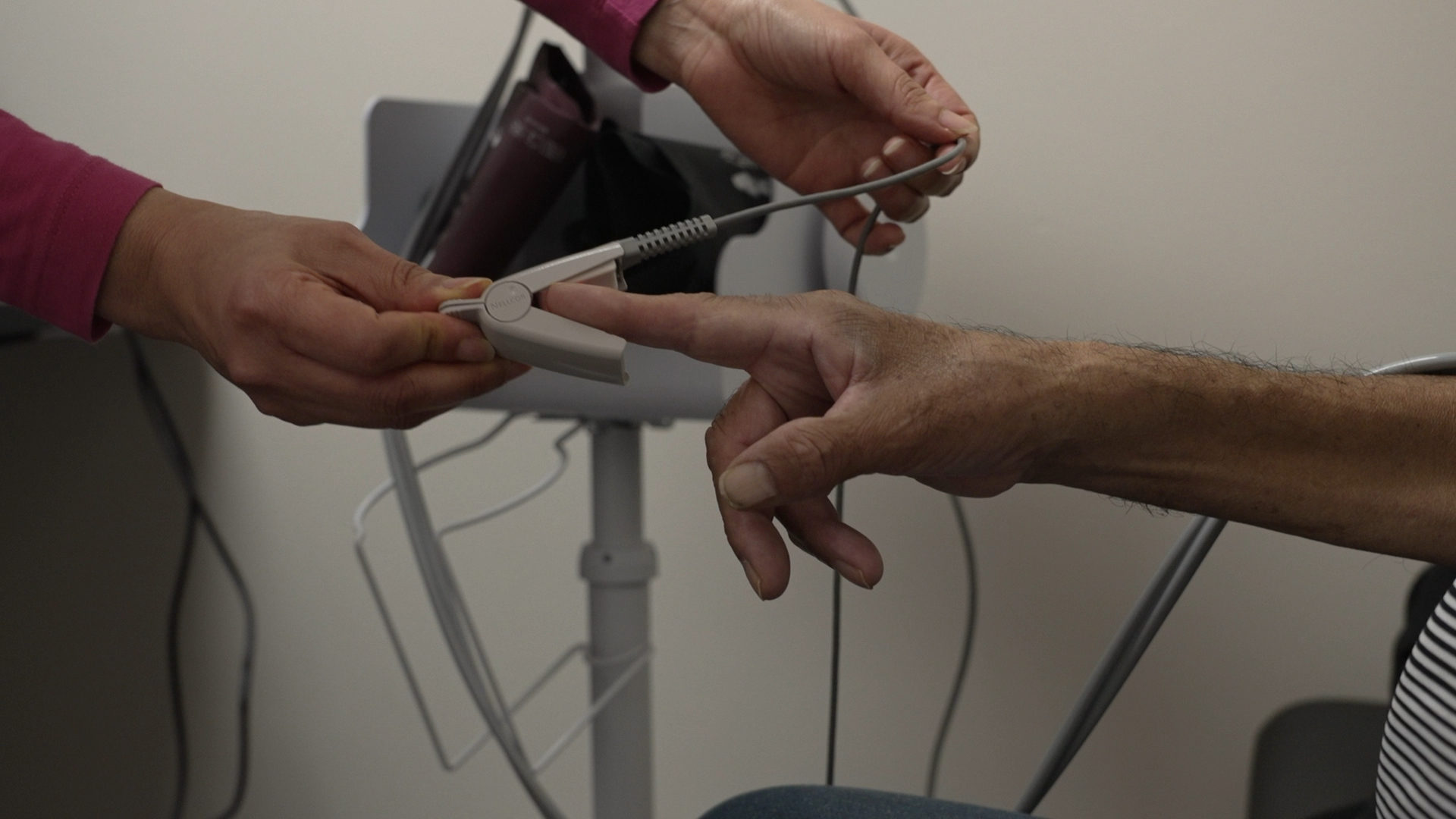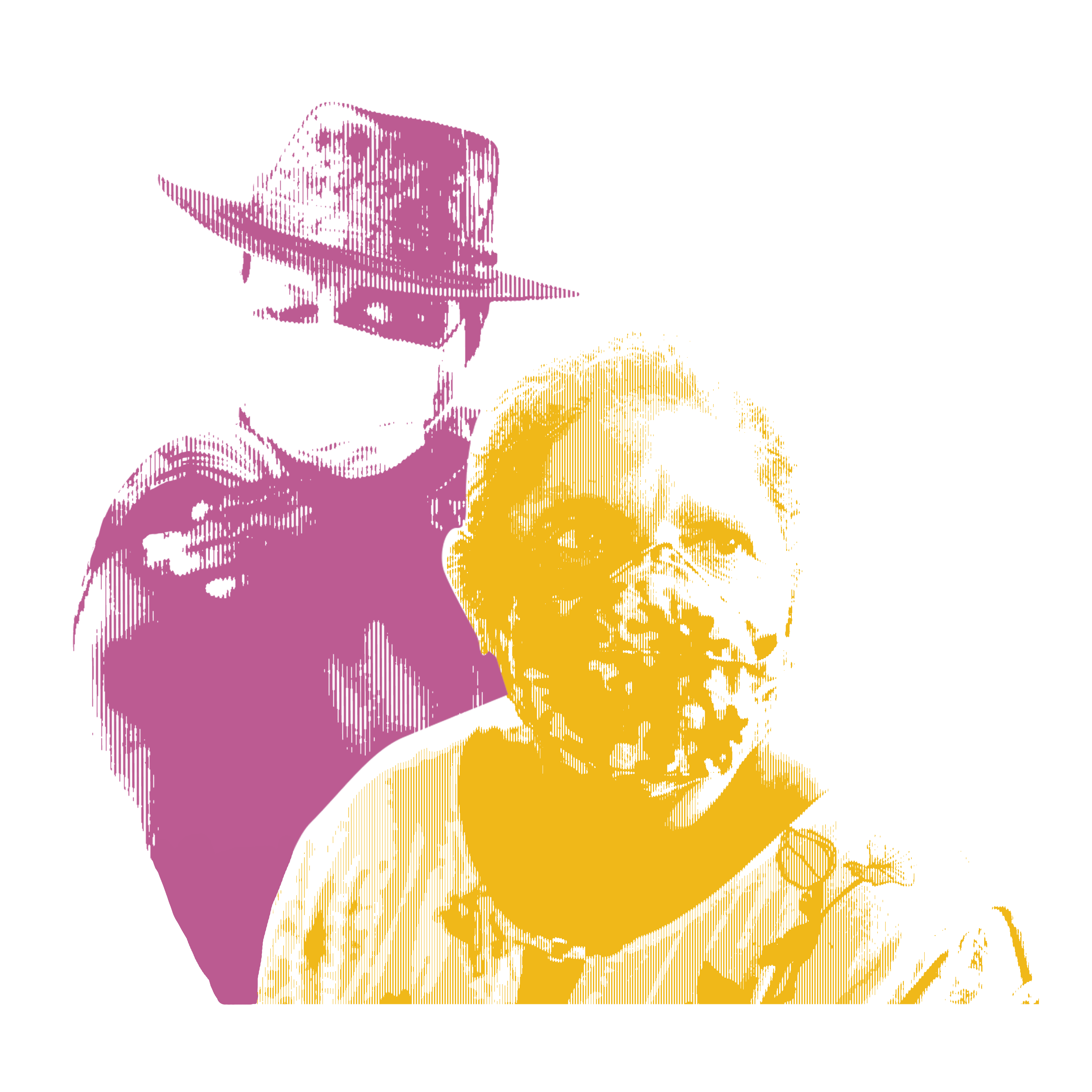One in four health visits in the U.S. are now provided by non-physicians, as a growing number of nurse practitioners fill in critical health care gaps. But nurse practitioners say their work is hampered by outdated restrictions on providing care without physician supervision. Stephanie Sy reports from Ohio for our series, “Critical Care: The Future of Nursing.”

As a nonprofit journalism organization, we depend on your support to fund more than 170 reporting projects every year on critical global and local issues. Donate any amount today to become a Pulitzer Center Champion and receive exclusive benefits!
Read the Full Transcript
John Yang: A fourth of all medical visits are now provided by non-physicians. A lot of that's due to the growing number of nurse practitioners who are filling critical health care gaps, but nurse practitioners say their work is hampered by outdated restrictions on their ability to provide care without physician supervision. In collaboration with the Global Health Reporting Center and with support from the Pulitzer Center. Stephanie Sy reports from Ohio for our series“Critical Care: The Future of Nursing.”
Woman: I can feel it, but it's on this side.
Stephanie Sy: Lois Prunty, a food service worker in her mid-30s, first came to the Total Health and Wellness Clinic at Ohio State East Hospital three years ago. It was one of the few providers in the area that took her Medicaid plan.
Lois Prunty, Patient, Total Health and Wellness: I think it's excellent care.
Stephanie Sy: The care at this federally qualified health center is also unique. It's led entirely by nurse practitioners or NPs. These nurses have graduate degrees and anywhere from 500 to more than 3,000 hours of supervised clinical training.
Beyond the preparation of a standard bedside nurse, they can diagnose conditions, order and perform tests and prescribe medication. Candy Rinehart is the director of the clinic located in Columbus.
Candy Rinehart, Director, Total Health and Wellness, Ohio State University: From the very beginning, we had a pharmacist, a social worker, a Mental Health Counselor, registered nurses who do case management, and that's the approach we take in nursing as we're looking at the whole person and how they're being cared for.
Stephanie Sy: Total Health and Wellness Clinic sees patients regardless of their ability to pay, filling a critical gap in care.
Lois Prunty: I didn't have a regular doctor in years, certain places you only take certain insurances and stuff like that, because I know I got turned away from a doctor I got recommended to because they didn't accept my insurance. So I had to go back to square one.
Stephanie Sy: The nurse practitioner role was created in the 60s due to a need to increase patient's access to care. Even before the COVID era, nearly two dozen states allowed NPs to practice on their own without physician supervision. NPs call this full practice authority.
And the movement has picked up steam since the pandemic, with four more states granting full practice authority to NPs. But national physician groups warn that nurse practitioners are veering into their lane and risking patient safety. That's not true, says Candy Rinehart.
Candy Rinehart: For the most part, you know, we collaborate constantly with specialists. If a person needs to be sent to a nephrologist, then, you know, you collaborate with that nephrologist. So we all stay in our lane as far as what we are educated to do, and work together.
Stephanie Sy: Still in Ohio and 22 other states, NPs can't provide care without mandated physician oversight. NPs must secure what are known as collaborative practice agreements. Tying nurse practitioners to a physician in their specialty. Jennifer Gross is an NP and also a state lawmaker.
Jennifer Gross, Ohio State Representative and Nurse Practitioner: Having been a nurse practitioner board certified since 2005, I've carried that at every turn, in order to practice. So if we practice without one of those we will be fined and our license can be removed.
Stephanie Sy: The Ohio State Medical Association, which opposes any change to the current arrangement, wouldn't comment for this story. But Marc Parnes would. He's a retired OB/GYN who still manages a medical practice in Columbus.
Dr. Marc Parnes, Retired Board-Certified OB/GYN: My bias is knowing how lovely that coordinated care of a physician and a nurse practitioner can be working together.
Stephanie Sy: He says that even with their expanded training, NPs typically have fewer hours of clinical practice than physicians do.
Marc Parnes: There's an art to medicine. And it's not that nurse practitioners can't practice it, they definitely can. But there are different levels of developing that art and different opportunities to develop it.
Stephanie Sy: How do you decide at what point you really need to see a primary care physician with all those thousands of hours of residency versus being okay, with seeing an advanced practitioner?
Marc Parnes: I think initially, it would be access. And so that is one of the things I like about having more and more nurse practitioners is it increases the access.
Stephanie Sy: But Gross says the state's restrictions on NPs makes it harder for ordinary Ohioans to access health care.
Jennifer Gross: Let's talk about our elderly. Let's talk about our Medicaid. We're one of the — we're a Medicaid expansion state. Those patients that are Medicaid and Medicare have better access to care when nurse practitioners are not required to have collaborative agreements.
Stephanie Sy: Nurse practitioners in rural areas say they're especially impacted by laws mandating physician collaboration, and studies show that when allowed to practice independently, not only does access to care improve, but patient outcomes are no worse off, and in some cases better.
Stephanie Sy: Over 2 million Ohioans, roughly 20 percent, live in areas that suffer a shortage of primary care professionals.
Elisha Clark, Nurse Practitioner, Clark Family Practice: Health care access before I started my practice here was pretty scarce and few between.
Stephanie Sy: The quaint village of Byesville is in rural southeastern Ohio. Elisha Clark, graduated from the local high school, has been a nurse practitioner for 12 years in the area and opened her own practice in January.
Elisha Clark: That was my main goal in life: to open a facility where patients feel like they're an extended family.
Stephanie Sy: But she cites the collaborative agreement as a major hurdle.
Elisha Clark: First, you have to find someone that you trust and that trusts you. And then you have to talk to them about what kind of details they require in order to sign a physician agreement with you.
Stephanie Sy: How long did it take to find that person?
Elisha Clark: A little over a year.
Stephanie Sy: What does the collaboration look like? Is this somebody that you consult with regularly?
Elisha Clark: No, this is someone that has to be present in some way, shape or form for you to contact if you have a question about something. And this is someone that you generally have to pay.
Stephanie Sy: Clark says her collaborating physician is in his 70s, making her ability to provide care long term uncertain.
Elisha Clark: I have a little over 1,600 patients that are seeing me. So if he, God forbid, has some health issue or if he retires, we are in a great bind here for the health care of Guernsey County.
Stephanie Sy: What would happen exactly?
Elisha Clark: I would immediately have to within 30 days find a different physician agreement partner to have signed a contract with me.
Stephanie Sy: She and other NPs say the requirement is also a financial burden.
Jennifer Gross: You have to enter into an agreement with a physician that would cost you about $500 to roughly $5,000 a month. So, you can see that that's pretty cost prohibitive. Those costs are then passed on to the patient.
Stephanie Sy: 71-year-old Susie Khune has been seeing Clark for several years, moving with her to her private practice when she opened up in Byesville.
Susie Khune, Patient, Clark Family Practice: That was one of my biggest complaints about some of the doctors that I have seen previously, that they asked you a question and then they answered it before you get a chance to. She listens. And then she goes through the options with you not saying do this, do this. You decide together with Elisha.
Stephanie Sy: She and her adult children are all patients of Clark for primary care.
Stephanie Sy: What would you guys do that if the practice was forced to close because she couldn't find a physician to, you know, collaborate with her?
Susie Khune: It's scary. I didn't realize it until earlier. I can't imagine going having to go to someone else besides Elisha.
Stephanie Sy: She's worried about losing that listening ear and that choice for her own health care. For "PBS News Weekend," I'm Stephanie Sy in Ohio.












